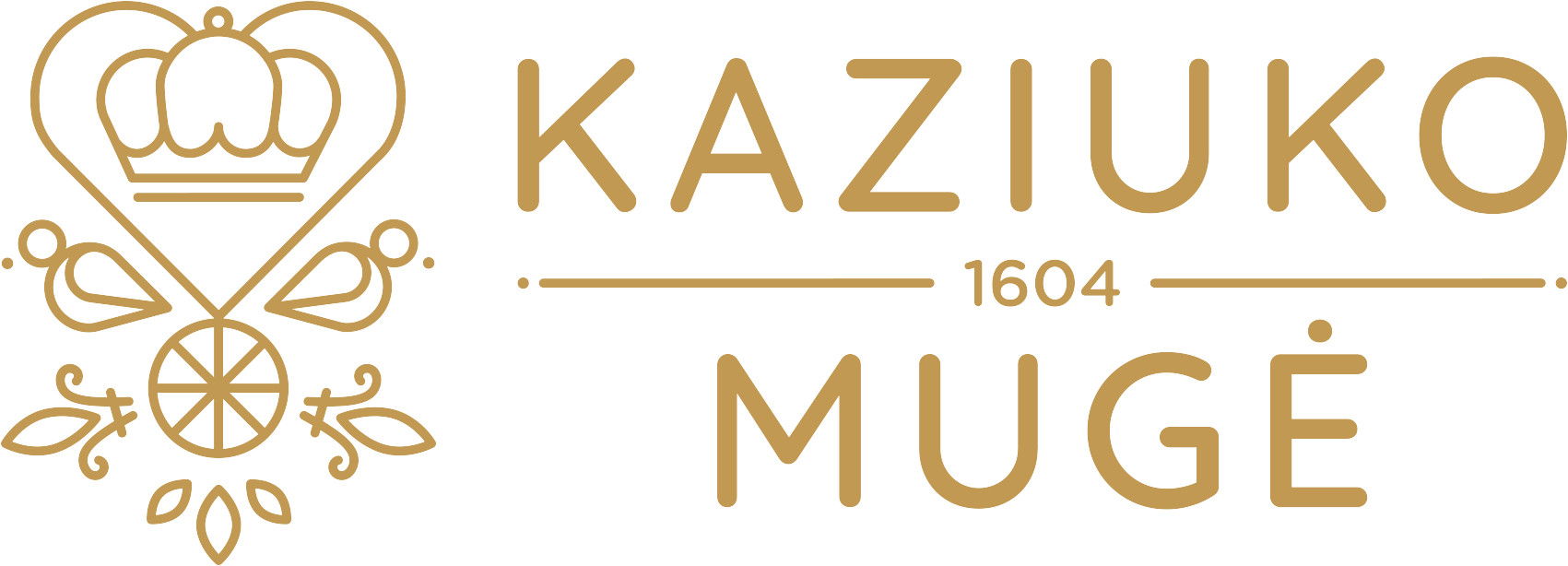Šioje kategorijoje prekių nėra.
Istorija ir įdomybės
1458 m.
1484 m.
Gyvenęs itin pamaldų ir asketišką gyvenimą karalaitis Kazimieras mirė nuo džiovos, kovo 4 d. Gardine, sulaukęs vos 25 m. amžiaus.
1521 m.
Išleista pirmoji Kazimiero biografija „Palaimintojo išpažinėjo Kazimiero gyvenimas“, popiežius Leonas X pradėjo kanonizacijos (mirusiojo pripažinimą šventuoju) procesą.
1602 m.
Lapkričio 7 d. popiežius Klemensas VIII savo breve oficialiai paskelbė Kazimierą Lenkijos ir Lietuvos šventuoju.
1604 m.
Gegužės 10 d. į Vilnių iškilmingai įnešta popiežiaus Romoje pašventinta Šv. Kazimiero vėliava, gegužės 12 d. padėtas kertinis akmuo Šv. Kazimiero bažnyčiai.
1636 m.
Šv. Kazimieras paskelbtas pirmuoju Lietuvos dangiškuoju globėju, karalaičio palaikai perkelti į Zigmanto Vazos įsakymu specialiai pastatytą puošnią koplyčią Katedroje, kur jie yra ir dabar.
Spėjama, kad kaip tik nuo Šventojo palaikų perkėlimo ir prasideda Kaziuko mugės istorija. Katedroje imti rengti šv. Kazimiero atlaidai, o neatskiriama atlaidų dalimi visada buvo taip vadinamas kermošius (vok. Kirchmesse), po bažnytinių iškilmių vykstanti prekyba ir pasilinksminimai.
1827 m.
Vilniaus pirkliai įgavo privilegiją rengti didesnį, kelias dienas vykstantį, svarbiausią metų turgų, taip vadinamą jomarką (vok. Jahrmarkt) Katedros aikštėje. Tai jau buvo tikrosios Kaziuko mugės pradžia, kurioje dalyvaudavo ne tik vilniečiai, bet ir kitų miestų pirkliai.
1901 m.
Rusų valdžia Katedros aikštėje pastatė paminklą Jekaterinai II ir prekymetis, susijęs su katalikų šventojo garbinimu, caro valdininkų požiūriu pasidarė nepakankamai respektabilus. Mugė buvo iškelta į Lukiškių aikštę.
1944 m.
Sovietams antrą kartą okupavus Lietuvą ir prasidėjus sovietmečiui, mugė buvo perkelta į tuometinį kolūkinį, liaudyje vadinamą Dzeržinskio, dabartinį Kalvarijų turgų.
1991 m.
Kaziuko mugė galutinai sugrįžo į Vilniaus Senamiesčio gatves ir aikštes. Prekybininkų palapinės driekiasi Gedimino prospektu, Šventaragio slėnį supančiomis gatvėmis iki pat Rotušės aikštės.

